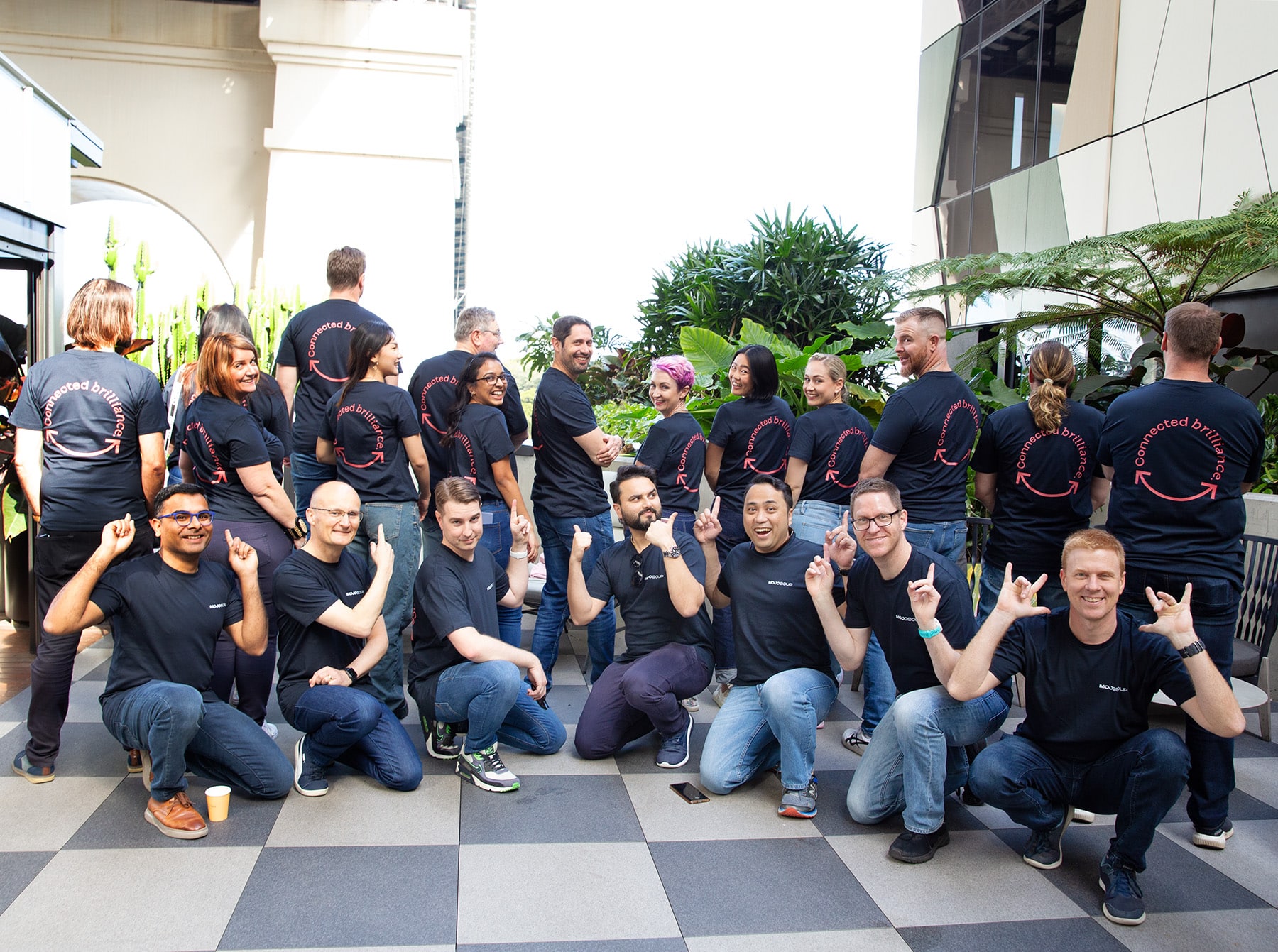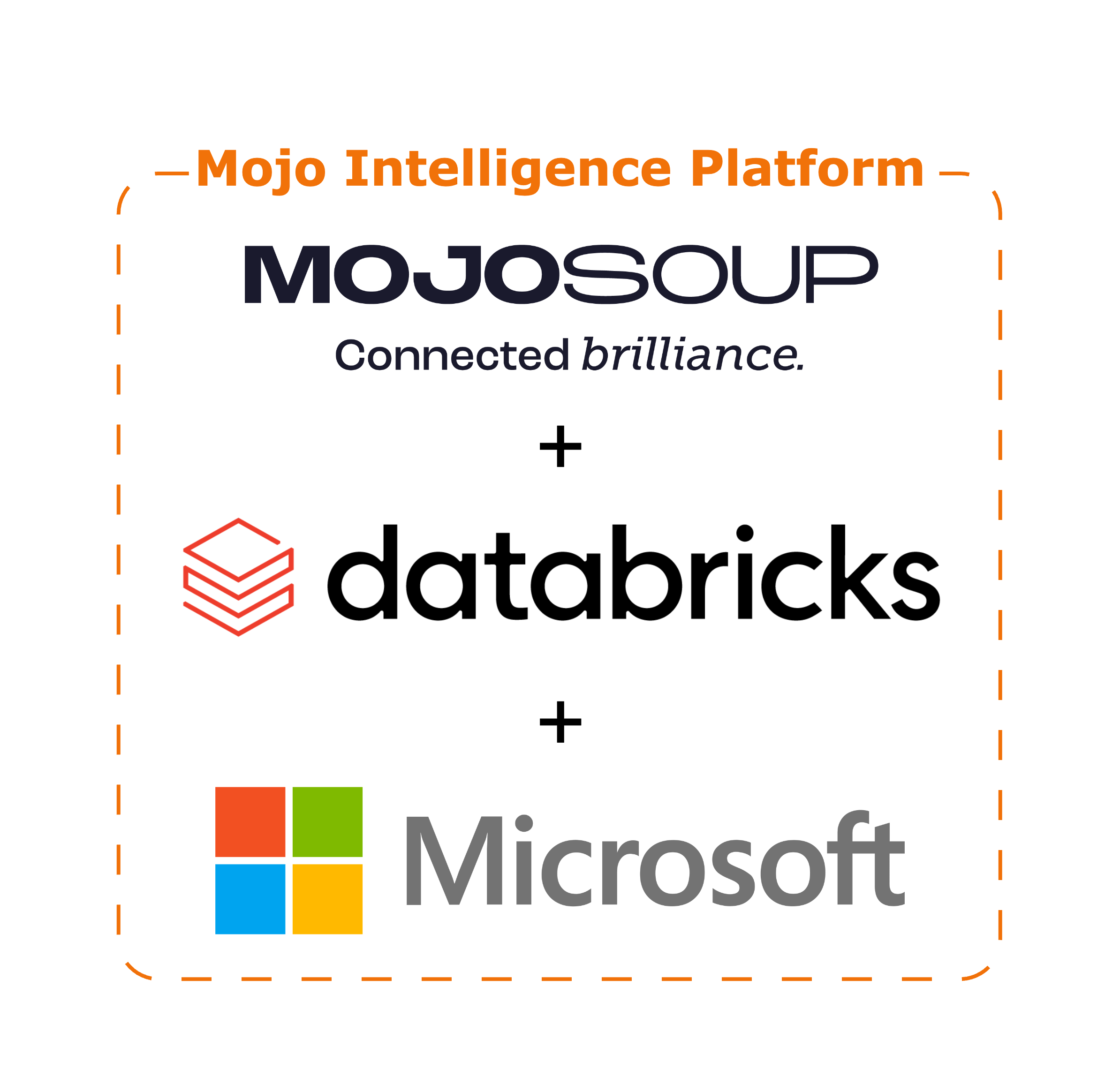We all understand the make-or-break importance of timely decision-making. And the pressure and often monotonous process of compiling accurate data to deliver the insights necessary to drive those decisions on time and in a way that suits all stakeholders—looking to find more time in your day? Automation could be the answer.
Let’s discuss setting up an automated reporting system and where to start.
What is an automated reporting system?
An Automated Reporting System is a tool that extracts and organises data automatically into a system ready for users to gather valuable organisational insights. Report automation is a great way to get a bird’s eye view of your organisation’s performance on many levels. Whatever the metric or measure, it’s simple to set up a report that provides the insights you need with little human intervention. Imagine how much time that saves and how much value you could add elsewhere.
Why should I automate my reports?
The number one reason is efficiency. An Automated Reporting System can help to remove the burden of inefficient processes and tasks related to onerous business reporting. Automation provides the ability to produce reports on a more frequent cycle, with greater accuracy, frees up resources for higher value tasks (and improves engagement and motivation too).
Faster, more accurate, informed decisions = improved trust, productivity, and growth.
An Automated Reporting System helps to increase collaboration and transparency at all levels. It improves productivity, builds trust, and drives business improvement through more accurate insights delivered regularly to key stakeholders, enabling faster and more informed decisions.
By automatically tracking and updating your data, you’ll save countless hours of manual effort (and time is money). It will also empower people across the organisation to benefit from the considerable value you’ve added through real-time insights at your fingertips! No more waiting weeks to understand the detail; you can learn, adapt, and win more business faster. And doing less manual work. Win:Win:Win!
So, how do you know which is the right tool for you?
There are many options out there when it comes to tools for automation. Some are more complicated, while others are easier to use. Some are more expensive, and others come for free.
Think about these factors when you’re making your decision (and don’t be scared to ask an expert like Mojo Soup to help)
- Define your needs
If you’re thinking about automation, make a wish list of requirements. Think about the type of processes you need to automate, ask around your business to understand where you could be adding more value, document the frequency and complexity of needs across your organisation, and think about a cost/benefit analysis to create a business case for investment vs savings and outcomes.
- Low code or no code?
Consider the skills in your organisation to deal with customisations and coding. Different reporting tools demand varying levels of expertise. Choosing the best tool should be focused on achieving your business goals, tailored to your needs, and working with the talent you have in your team. Reporting tools are code-based or no-code/low-code. Code-based requires reasonable technical knowledge, while low code is comparatively easier to understand and implement.
- Define the parameters for reporting
Are you looking for basic reporting, predictive data or forecasting insights to determine future scenario-based insights to make quick decisions and develop strategies to resolve business issues? How frequently do different stakeholders need the insights? Strategic vs operational user needs will vary. Be clear before finalising the scope.
- Define and Refine KPIs
Work across the business to define or refine Key Performance Indicators. Working in collaboration with stakeholders builds trust and engagement. It also means users select the suitable measures for their role and department, resulting in reports customised to their needs.
- Always include training
In successful implementations, training is everything. In larger organisations and departments, effective and considered change management and embedded training can be the difference between success and stagnation.
Make sure your plans factor in the cost and time for users to get familiar with the system. Allow them to play around, understand the processes, and identify the issues. This will help Subject Matter Experts handle users’ resistance and drive efficiency and engagement at go-live.
- Build Advocacy
Automation is a team sport. Include as many people and opinions as possible in your chosen solution’s thinking, planning and execution. Having everyone on board and involved will result in a better, more informed outcome, faster implementation and wide-ranging efficiencies across your organisation.
Finally, remember you’re never on your own. The team at Mojo Soup are known for turning complexity into simplicity. We know automation, we do automation, and we love automation. Talk to us for support





